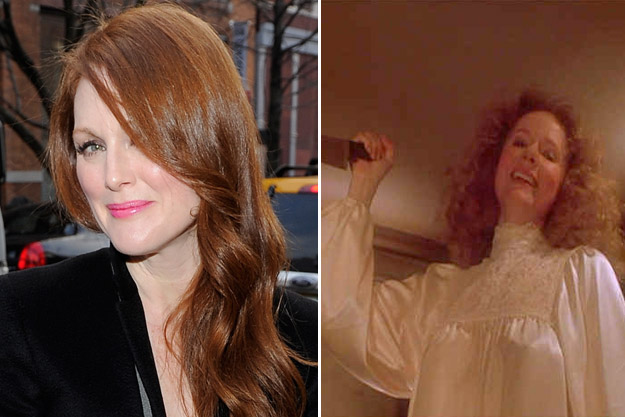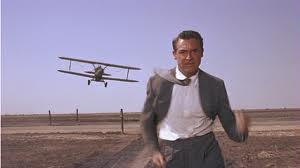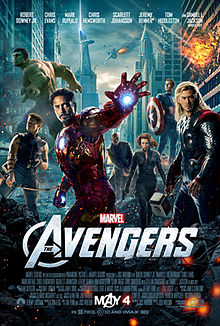For me, the fact that this film stars Terry-Thomas makes it worth watching. Throw in the wonderful talents of Alistair Sim and Ian Carmichael and you have three of the biggest stars from Britain’s golden age of cinema. Terry-Thomas has always fascinated me, even when I was a child. Whether he was oozing villainous charm dressed and manicured as a perfect cad while fawning over some young lovely or blustering dastardliness as his suave persona fell apart when events turned against him he was and still is wonderfully entertaining. I wouldn’t be at all surprised if the definition of the word “Dastardly” in any reputable dictionary said something about a Terry-Thomas character being up to his neck in some plan or other. In fact, the cartoon character Dick Dastardly from the Wacky Races kids TV show was essentially a caricature of Terry-Thomas.
The plot of the film is fairly simple. Ian Carmichael plays Henry Palfrey, a mild-mannered young man and ineffectual businessman who considers himself a failure. Everyone from his employees to his tennis club pals seem to take little notice of him and so he enrols in the “School of Lifemanship” run by Dr. Potter (Alistair Sim) who explains to his class of new students that “Lifemanship is the science of being one up on your opponents at all times. It is the art of making him feel that somewhere, somehow he has become less than you – less desirable, less worthy, less blessed.”
After the good doctor surmises that a woman must be involved when interviewing Palfrey, we see Palfrey recount in flashback how he came to meet the lovely April Smith (Janette Scott) by bumping into her getting off a bus and how his carefully planned dinner date was ruined by Raymond Delauney (Terry-Thomas). There’s a wonderful scene where Palfrey arrives with his charming date at the restaurant only to be refused entry by the maître d’ (a brilliantly snobbish turn by the marvellous John Le Mesurier) because of some mix up with the name of the booking. Unfortunately for Palfrey, before he acts on April’s advice that they go elsewhere to eat, Delauney saunters into the restaurant and, being a casual acquaintance of Palfrey through the tennis club, invites him and (more importantly) his date to join him at his table. Delauney then proceeds to spend the entire evening seducing April and in a perfect example of one-upmanship, reduces Palfrey’s fragile ego even further by getting him to foot the bill. Palfrey then makes several further puny attempts to impress his new girlfriend, including buying a car and trying to prove his tennis prowess against Delauney but fails on both accounts miserably.
Then the flashback ends and we concentrate on Palfrey’s time at the school and how quickly he picks up the art of gaining the upper hand in any given situation. The film then follows him using his newly-acquired skills as he gets his own back on pretty much everyone who had looked down on him earlier. Hilarity ensues as we see how easily he trumps Delauney’s caddish behaviour by becoming an even bigger and more skilful cad himself. However, it’s not all plain sailing for him and…at which point I’ll say no more.
School for Scoundrels is definitely worth checking out as it’s one of those charming black and white comedies that Britain made so well in the ’50s and ’60s. There’s also a wonderful sense of nostalgia to be enjoyed when seeing parts of London as they were half a century ago, when roads were clearer, trees were more abundant and social etiquette was still bordering on formal. That and three of the finest comic talents from the era. Absolutely one to be enjoyed. One final word of caution though: don’t suppose for a minute that the 2006 Hollywood remake starring Billy Bob Thornton will be in the same league.



